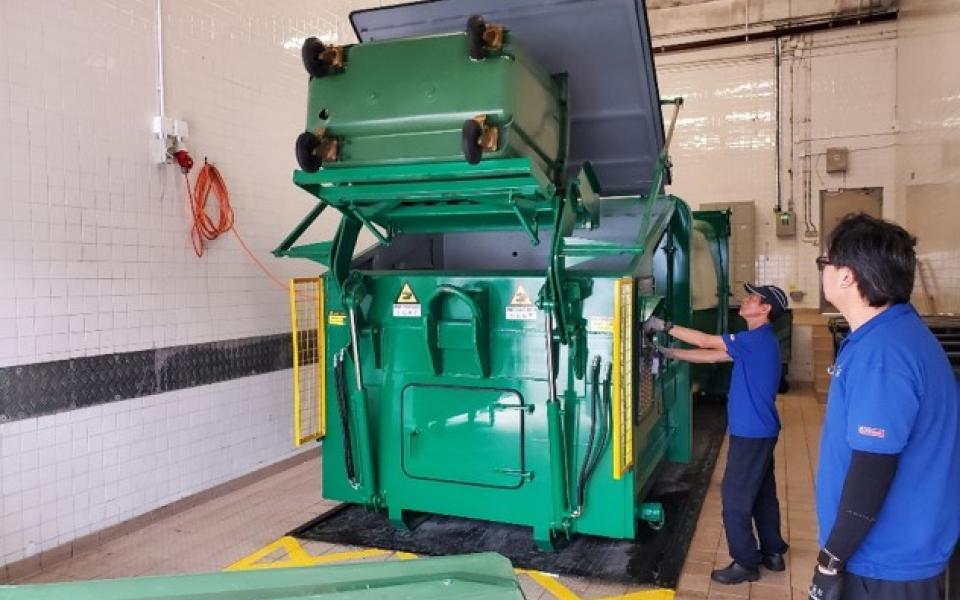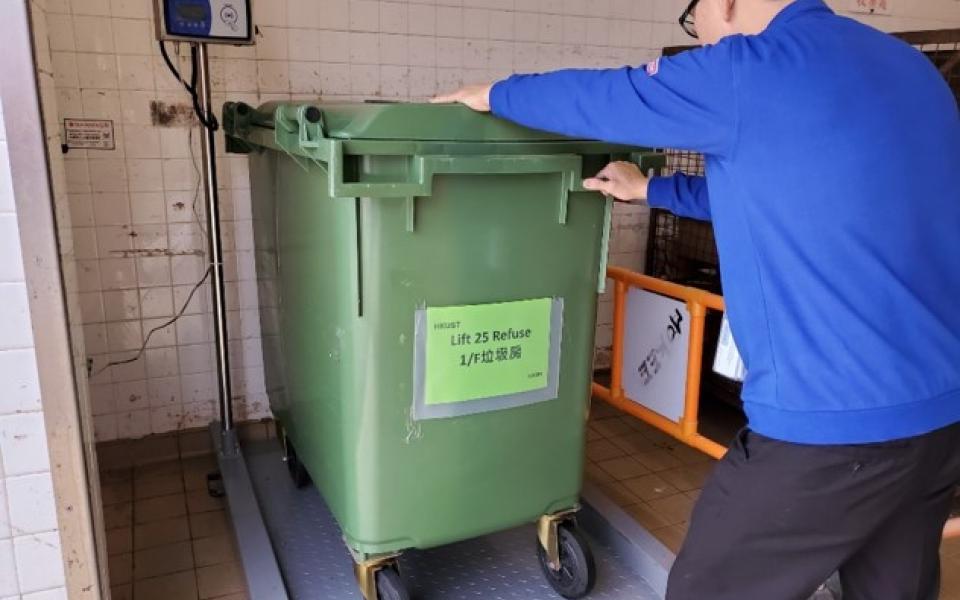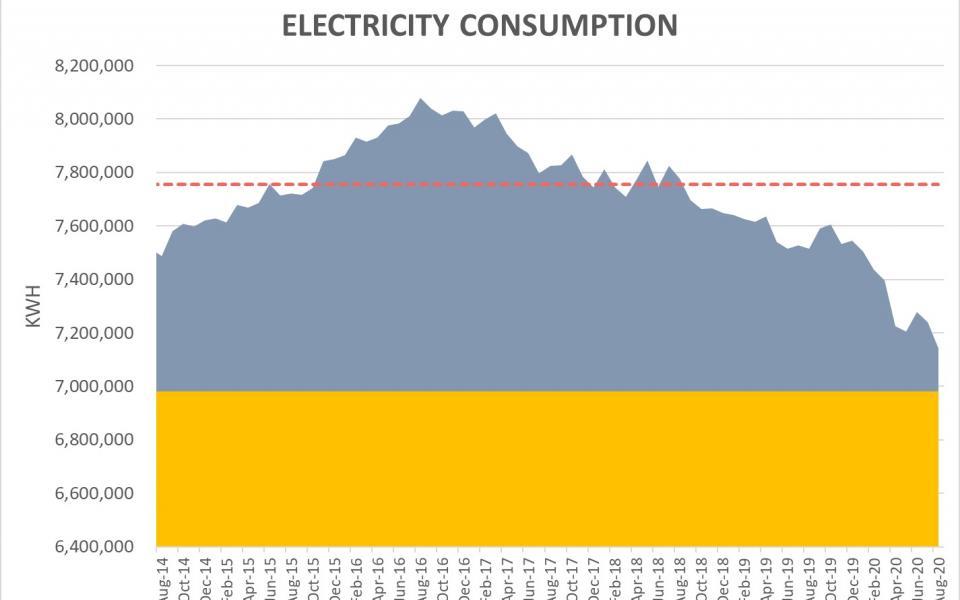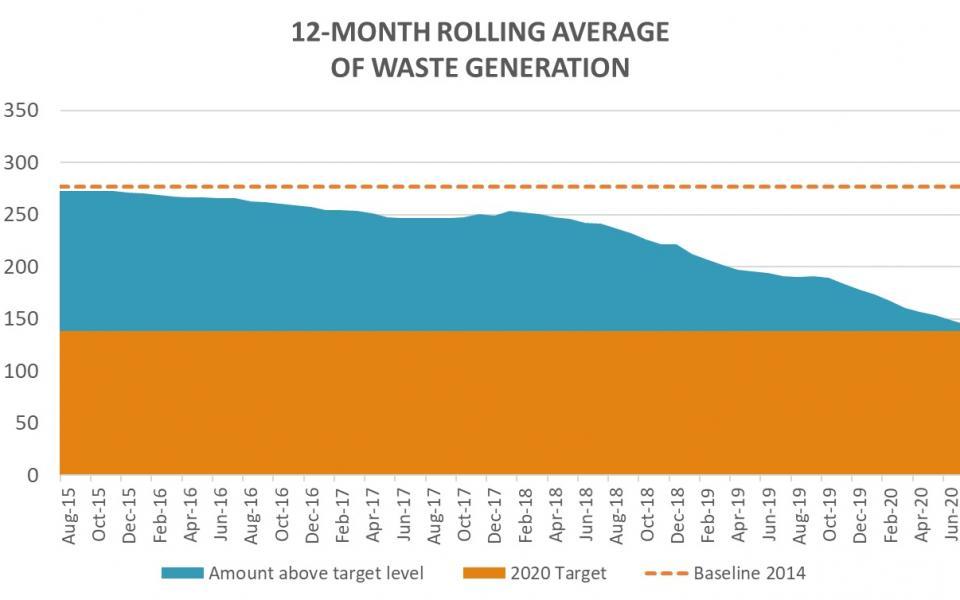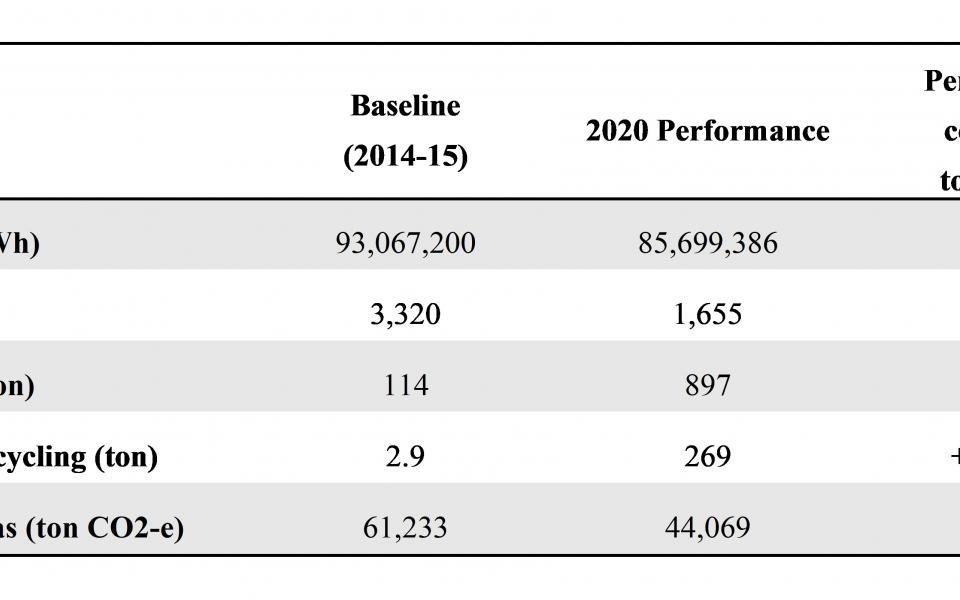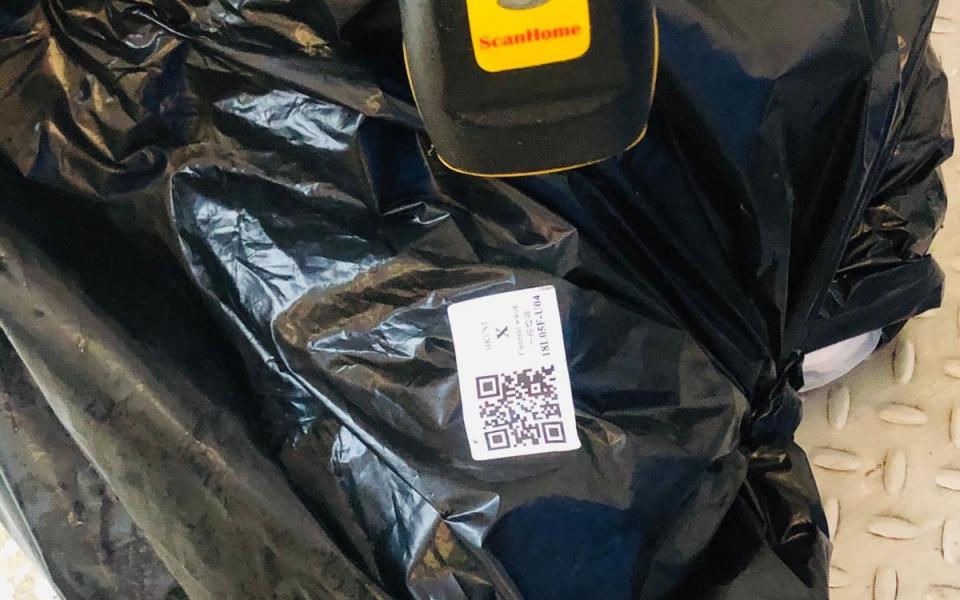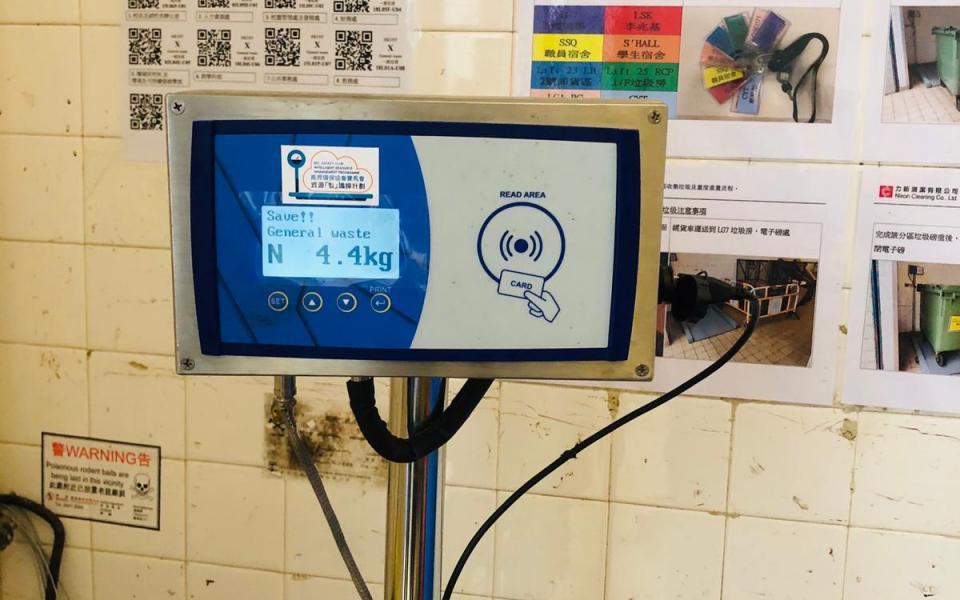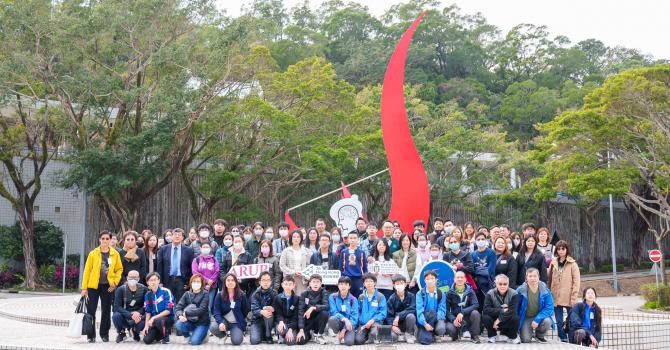Achievements of 2020 Target
In 2016 our University Council approved our new sustainability master plan, the HKUST 2020 Sustainability Challenge, which set out some very ambitious performance targets. Now that we have come to the end of the period, it is time to review our performance. Thanks for the leadership of VPAB and the efforts of Sustainable Operations Executive Committee members, we made tremendous progress in reducing waste and energy.
The waste goal was to reduce trash going to the landfill by 50% compared to our 2014 baseline year. At that time, we were sending roughly 3,220 tons of waste per year (270 tons per month on average) to the landfill. This year we hit a 12 month rolling average of 50.2% reduction, hitting our aggressive target. The reduction was based on a combination of increased recycling (36%) and avoidance strategies (e.g., Less Rice options, streamlining operations).
Over the past few years, we have implemented aggressive recycling programs collecting more than 15 types of materials while adding more than 200 recycling bins and stations around the campus. In December 2019, we launched a smart waste weighing system by adding a waste compactor and a RFID-integrated electronic scale to enhance the accuracy of daily waste data collection. Right now, we are rolling out the next phase, which uses QR code labels on the trash bags in offices so that the performance can been tracked even more accurately. This will allow us to collect real time waste data at source and identify areas of waste reduction opportunities.
For the 2020 energy goal, we fell a little short with an actual reduction of 7.9% below the baseline year (our goal was 10%). However, we knew the target would be difficult because we added four new buildings over the past few years – the CYT building, the Conference Lodge, and two seafront sports buildings. In effect, we completely offset those four buildings and still brought down our electricity consumption by over seven million kWhs. The biggest thanks go to the Campus Management Office (CMO) for their creativity and innovation in finding lots of new projects that led to the overall savings.
Even though we missed the target this year, we have two major new initiatives that should bring us well over the 10% target; a large industrial-scale solar energy project, and a strategic cooling tower installation to reduce energy in off-peak times. The combination of these two efforts will further reduce the energy consumption by an estimated 4.5%.
